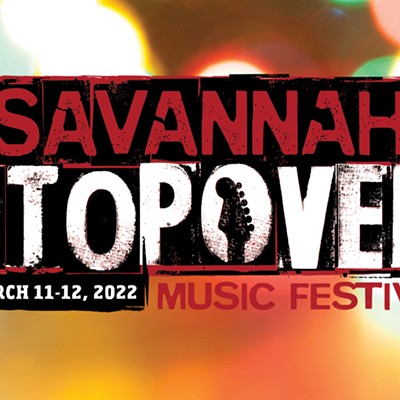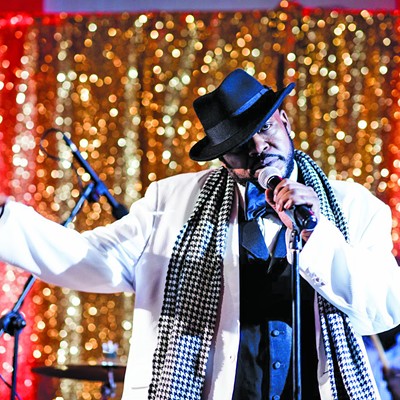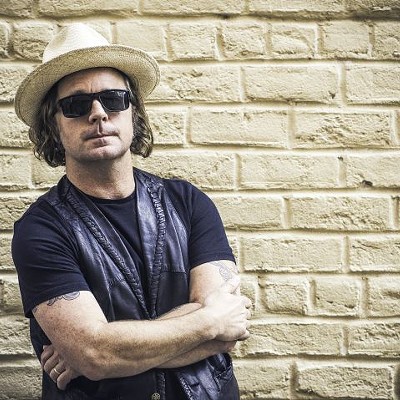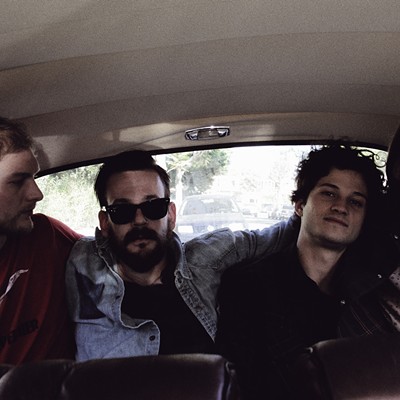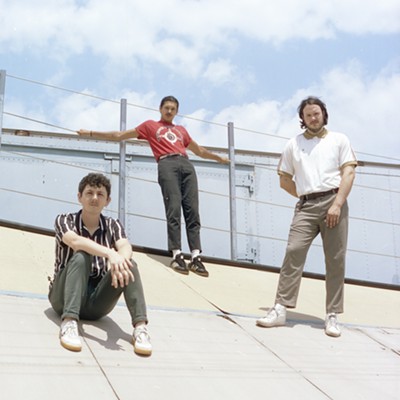Tristen Gaspadarek, known professionally as Tristen, has been making music that defies stylistic categorization ever since her self-released debut in 2008. In particular, her most recent releases have been explorations of all different facets of rock, rockabilly, synth pop, and garage. The albums have garnered her critical acclaim, and she’s been praised for her poetic approach to lyricism.
In fact, it’s poetry that’s truly at the heart of Tristen’s creations—so much so that she’s done several songs which have lyrics that are taken from classic poems. Her most recent release is just that; a musical interpretation of Edgar Allan Poe’s classic “Dream Within A Dream.”
“It’s kind of a classic, you know? I feel like when I was young I didn’t appreciate these classic poems like [Percy Bysshe Shelley’s] ‘Ozymandias.’ And there’s a link between great lyrics and poetry, so if you’re a songwriter that’s really into lyrics, poetry seems like a natural thing you’d also like,” the Nashville-based artist says ahead of her Savannah Stopover performance on Sat., March 7 at Trinity United Methodist Church.
“Really great poetry can take you to a location and make you feel like you’re in a room in 1926. It’s all through words and imagination, right? That’s a pretty cool form of art.”
Creating “Dream Within A Dream” presented Tristen with the unique challenge of taking the beloved poem and making it into a song that felt good and worked contextually. She printed out the poem and brought it to a band rehearsal, and her bandmates started playing a 12-bar blues progression. Tristen improvised a melody over top of the music, and a garage rock song was born.
“It was probably 15 minutes. The thing about it is that it was so fun to do it, that we started doing it live,” she says.
“The way that it’s produced on the recording is reflective of our live show. It’s not particularly original in the chord progression; it’s very much a standard blues chord progression. But people love the blues, and that ended up being our set closer for a long time. We did a live video of it, and then someone approached us about putting out a recorded version of it.”
Doing a recorded version of the song was ultimately very simple, and Tristen approached it with the same DIY methods that she’d been using alongside her guitar player, engineer and husband for several years.
Getting the chance to do the recording on her own has allowed Tristen a certain freedom that many don’t get the chance to do. For someone who’s recorded and toured with the likes of Jenny Lewis, Wanda Jackson, and Justin Townes Earle, that level of creative freedom is often unheard of.
“I’m totally free, but here’s the thing: before, we were in this age where we were mass producing things. But now the tools have become so accessible, and GarageBand comes with every Mac. You have these tools that are accessible so everyone can have one. So we’re in an age of mass creation,” she says.
The freedom Tristen has gained from making her own records has undoubtedly impacted her rise in the industry, and contributed greatly to the artistic integrity that’s so clearly present in the art she creates.
“Before, there were gatekeepers. You’d play live and then go cut your record. But nowadays, we have all of these tools. When I started doing music seriously in college, you could save up your money and buy gear. But I’m a firm believer in using what you have,” she says.
“There is a threshold you have to meet to have the clarity that’s needed, so you can communicate clearly. But that threshold is pretty easy to meet now. You just have to be the kind of person who’s willing to learn the process. But once you get past that and you have the fluency, then you’re free.”


